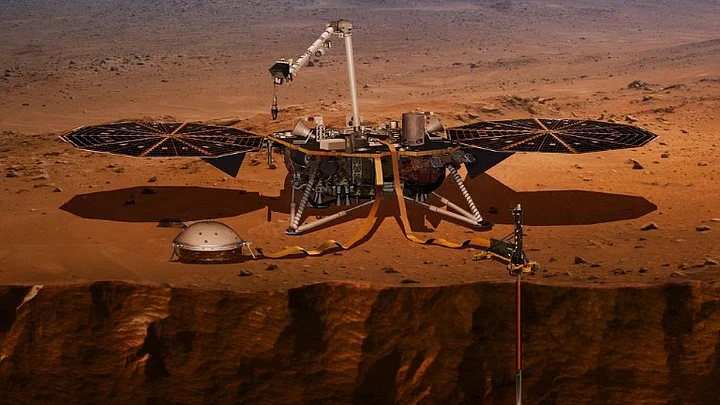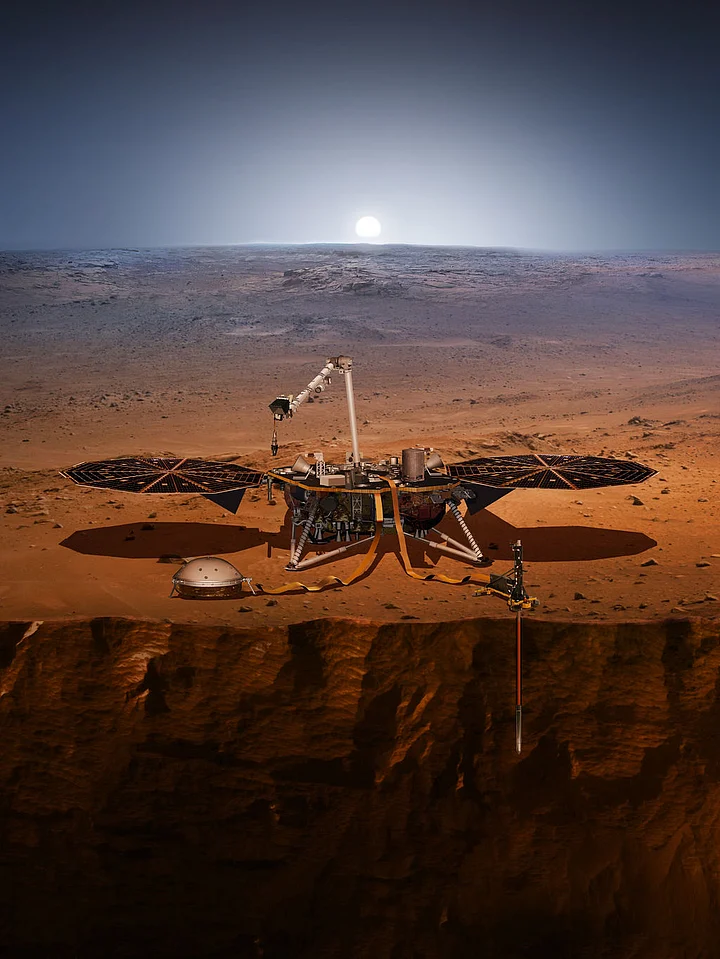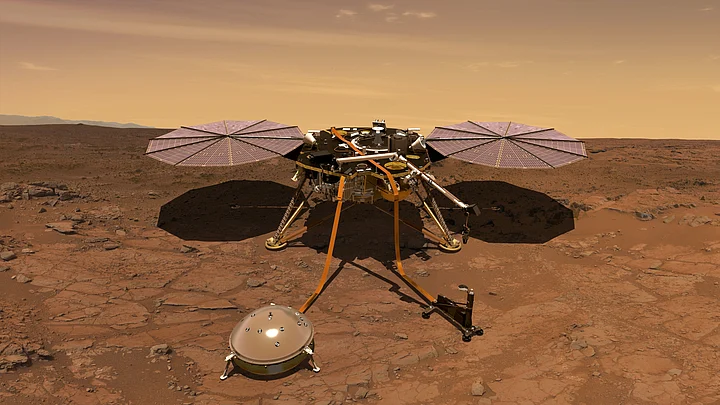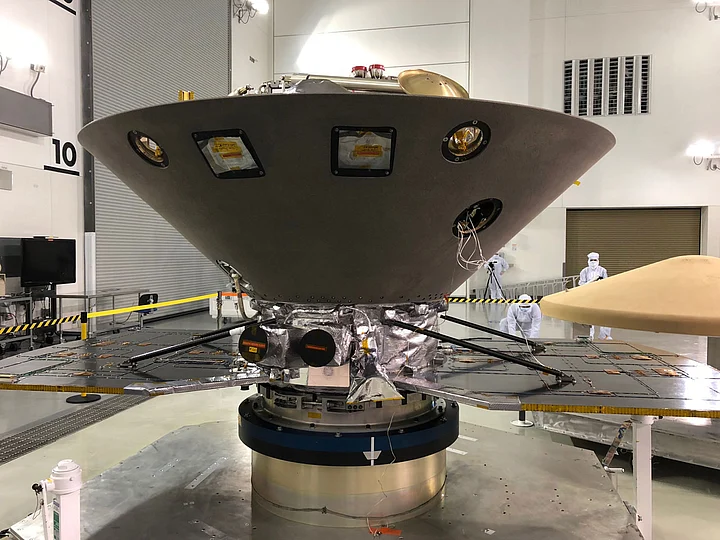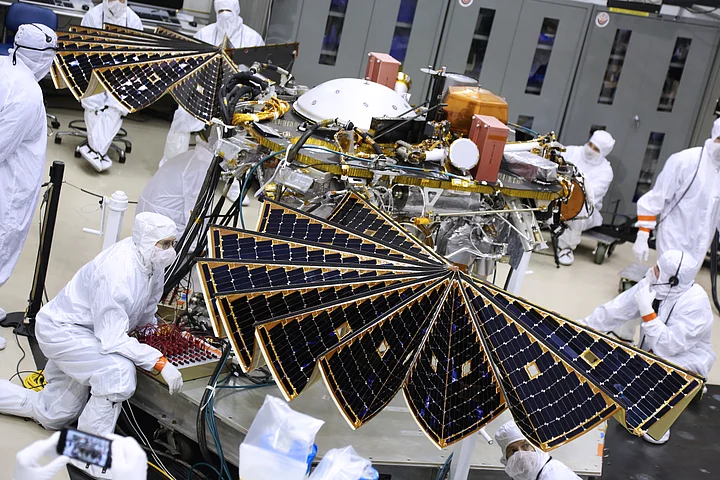The National Aeronautics and Space Administration (NASA) launched the InSight spacecraft to Mars, on Saturday, 5 May, to study what other missions largely haven't till now – "the deep insides" of the planet.
The lander was launched from the Vandenberg Air Force Base in California, US, at 4:05 am local time (4:35 pm IST) and is scheduled to land on Mars on 26 November, journeying through space for around six and a half months.
In the approximately two years that the InSight – short for Interior Exploration Using Seismic Investigations, Geodesy and Heat Transport – will be spending on Mars, it will attempt to answer questions about the planet's core, its crust, as well as marsquakes (derived from 'earthquakes'). These answers are expected to give scientists the vital clues into how Mars came to be, as well as help them underline the differences between the Red Planet and the Earth.
Here, we attempt to provide a brief overview of what the mission will seek to achieve and how it was planned and executed.
What Will it Do?
Launching atop the Atlas V rocket, the InSight spacecraft will be make a landing at Elysium Planitia – a vast plane being dubbed as a "very average, boring, but characteristic location on Mars", but ideal keeping in the mind the mission's objectives.
As pointed out by The New York Times, the focus of the mission would not directly be on the more excitable prospect of finding evidence that point towards the possibility of life on the red planet in the past.
Instead, the primary objective of the InSight lander would be to detect marsquakes. These are tremors on Mars which are different from earthquakes and they are not caused by sliding of tectonic plates, but due to the cooling and constriction of the planet.
No marsquake has been detected and measured till now, though efforts have been made in the past in vain. One of them was carried out by the Viking 2 Lander in the 1970s.
However, the scientists are hoping that the InSight spacecraft will be able to record these quakes with the help of sophisticated seismometers, which in turn will offer a veritable insight into the internal structure of the Red Planet.
Along with the seismometers, the InSight spacecraft will also carry a heat probe that will be placed underground to measure the temperature of the planet's interior. Moreover, the radio communications system on the lander is expected to give an estimate of the size of the Mars' core.
How Did the Mission Come to Be?
The InSight mission is the latest in a series of missions launched from the Earth to the Red Planet over more than five decades. Some of these missions are still active and functioning, with two rovers dotting the Mars surface as well as a number of spacecraft orbiting the planet.
Notably, the InSight was initially supposed to be launched in March 2016. However, due to a leak in the vacuum enclosure holding the seismometers, the launch got postponed. Since then, the enclosure has been fixed, with the current launch date being decided keeping in mind the alignment of the two planets.
Barring the more sophisticated electronics, the Insight has been largely modelled after the spacecraft of the past – especially the Mars Polar Lander and Surveyor 2001. It is even carrying a robotic arm that originally belonged to the Surveyor 2001 – the interplanetary mission that never saw the light of the day.
Preceded by several other missions – some successful, some failures – the significance of the InSight is borne out by its unique objectives. Bruce Barnedt, Insight’s principal investigator, hopes that the mission would provide "foundation information of the planet's history and its activity", as he sums up its importance as thus:
All the exploration [of Mars] we’ve done so far in the last 50 years has looked at the surface, atmosphere, rocks. The rest of the 99.99 percent of the planet is virgin territory for us to explore, and this little lander is going to do this exploration for us.Bruce Barnedt, Principal Investigator, InSight
(The Quint is now on WhatsApp. To receive handpicked stories on topics you care about, subscribe to our WhatsApp services. Just go to TheQuint.com/WhatsApp and hit Send.)
(At The Quint, we question everything. Play an active role in shaping our journalism by becoming a member today.)
